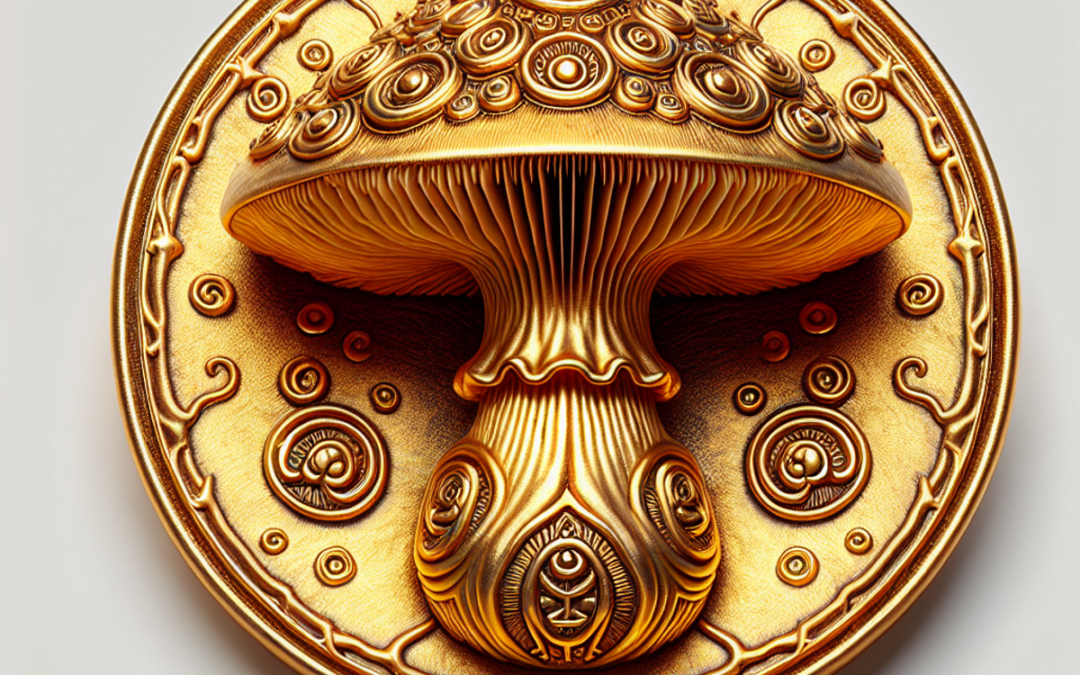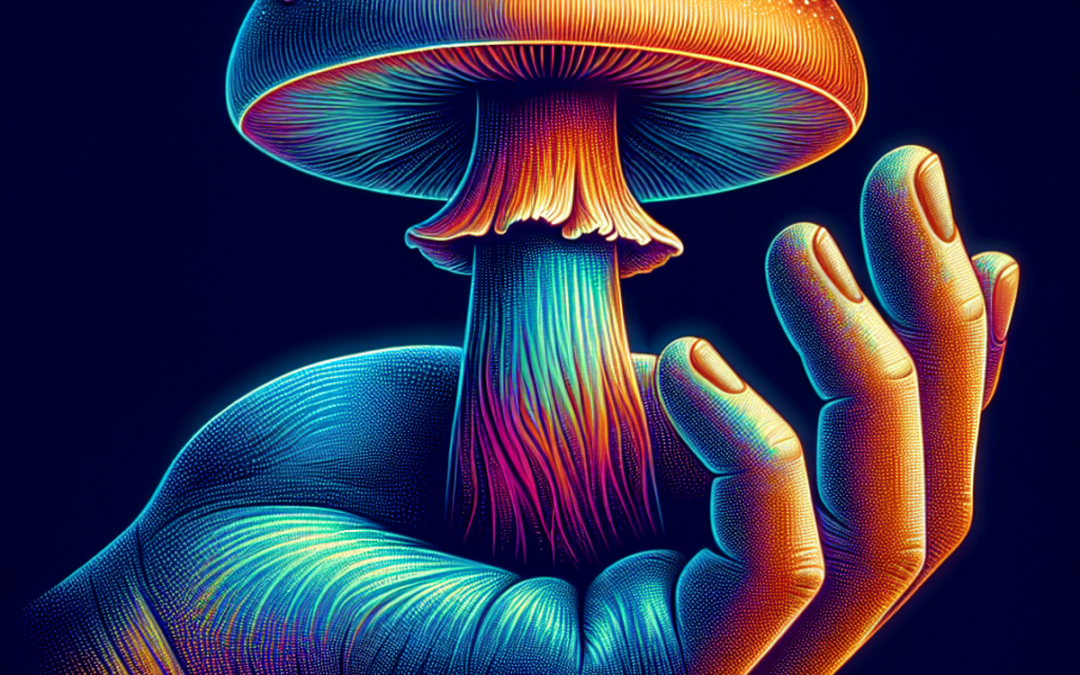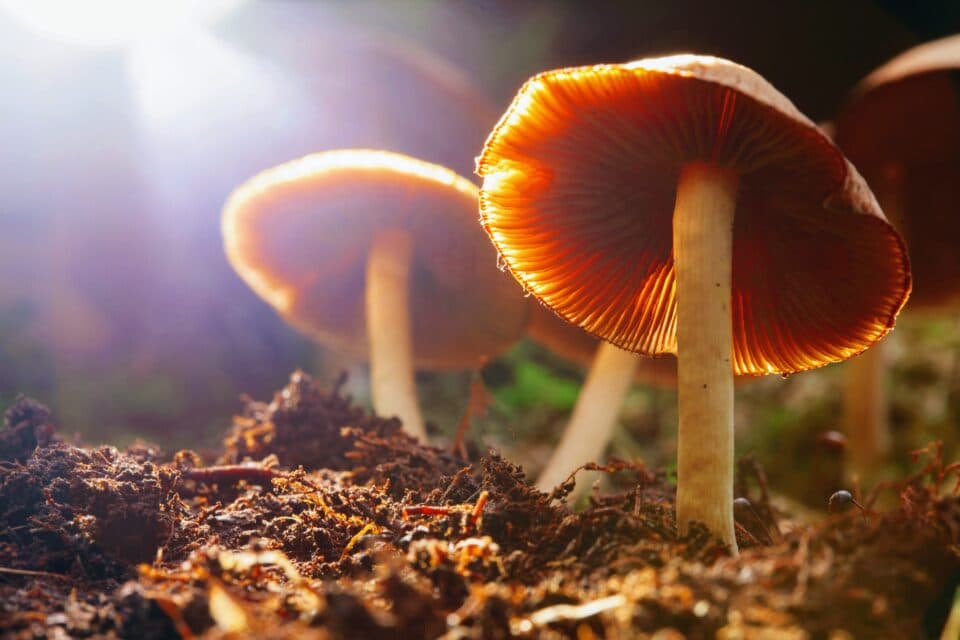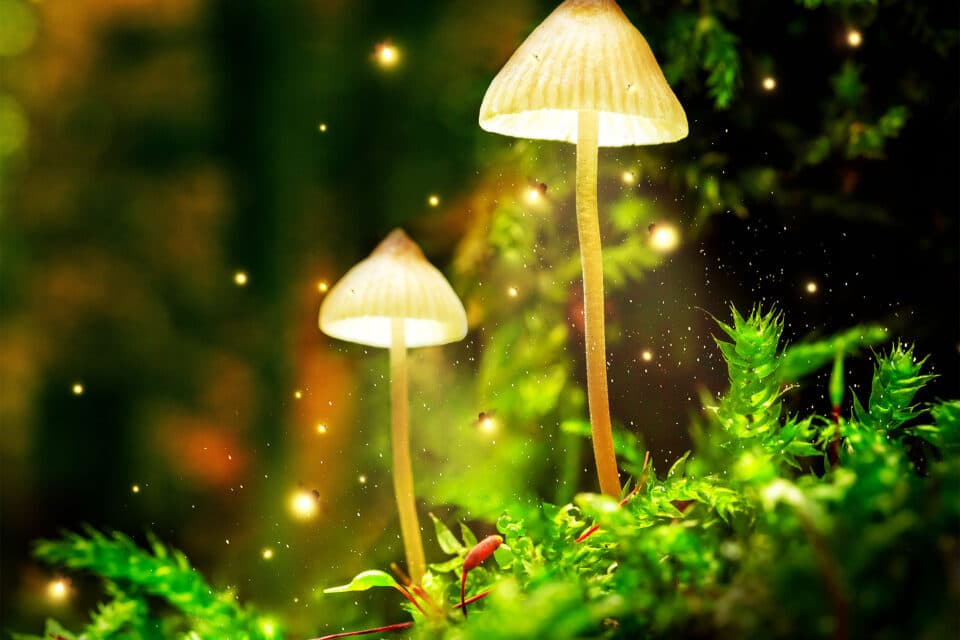Paul Stamets, legendary author, mycologist, medical researcher and entrepreneur, gives an informative lecture on mushrooms that aims to deepen the understanding of and respect for organisms that exist literally under every footstep we take. His presentation covers a range of mushroom species and new research showing how mushrooms can help the health of people and planet. An introduction is offered by acclaimed mycologist Gary Lincoff who will comment on the speculative nature of mushroom research.
The central premise of Stamets’ scholarship is that habitats have immune systems, just like people, and that mushrooms are cellular bridges between the two. Our close evolutionary relationship to fungi is the basis for novel pairings in the microbiome that lead to greater sustainability and immune enhancement. Declaring that “BioDiversity is BioSecurity,” Stamets sees the ancient old-growth forests of the Pacific Northwest as a resource of incalculable value because of their fungal genomes. A dedicated hiker and explorer, Stamets helps preserve and protect as many ancestral strains of mushrooms as possible from these pristine woodlands, and funds research to save rare strains of mushrooms that dwell within the old growth forests. Currently, Stamets is testing these rare strains at the NIH (National Institutes of Health/Virology).
“We are now fully engaged in the 6th Major Extinction (“6 X”) on planet Earth. Our biosphere is quickly changing, eroding the life support systems that have allowed humans to ascend. Unless we put into action policies and technologies that can cause a course correction in the very near future, species diversity will continue to plummet, with humans not only being the primary cause, but one of the victims. What can we do? Fungi, particularly mushrooms, offer some powerful, practical solutions, which can be put into practice now.”
Named after one of the university’s most influential art history teachers, this six-part lecture series honors John McDonald Moore’s contribution to the university’s intellectual life. Moore taught art history and criticism at The New School from 1968 until his death in 1999. Not unlike the speakers in this series—Stephanie Barron, Michael Brenson, Peter L. Galison, Boris Groys, Linda Nochlin, and now Paul Stamets—Moore brought to his students the vision of an artist who is also a scholar, and his classes were famously popular. His students, family, and friends established this lecture series in 2000.
Presented in conjunction with “Speculation, Now”, the Vera List Center’s new book.
More information on this talk can be found on the VLC webpage: veralistcenter.org/engage/events/1956/paul-stamets-mushrooms-for-people-and-planet-ancient-allies-for-modern-maladies/





